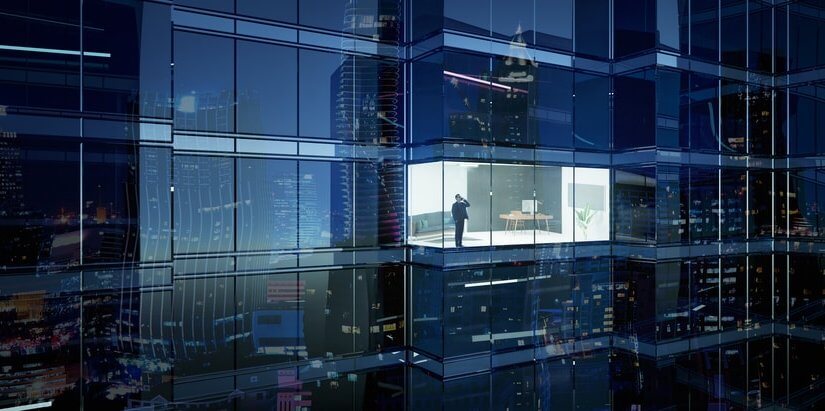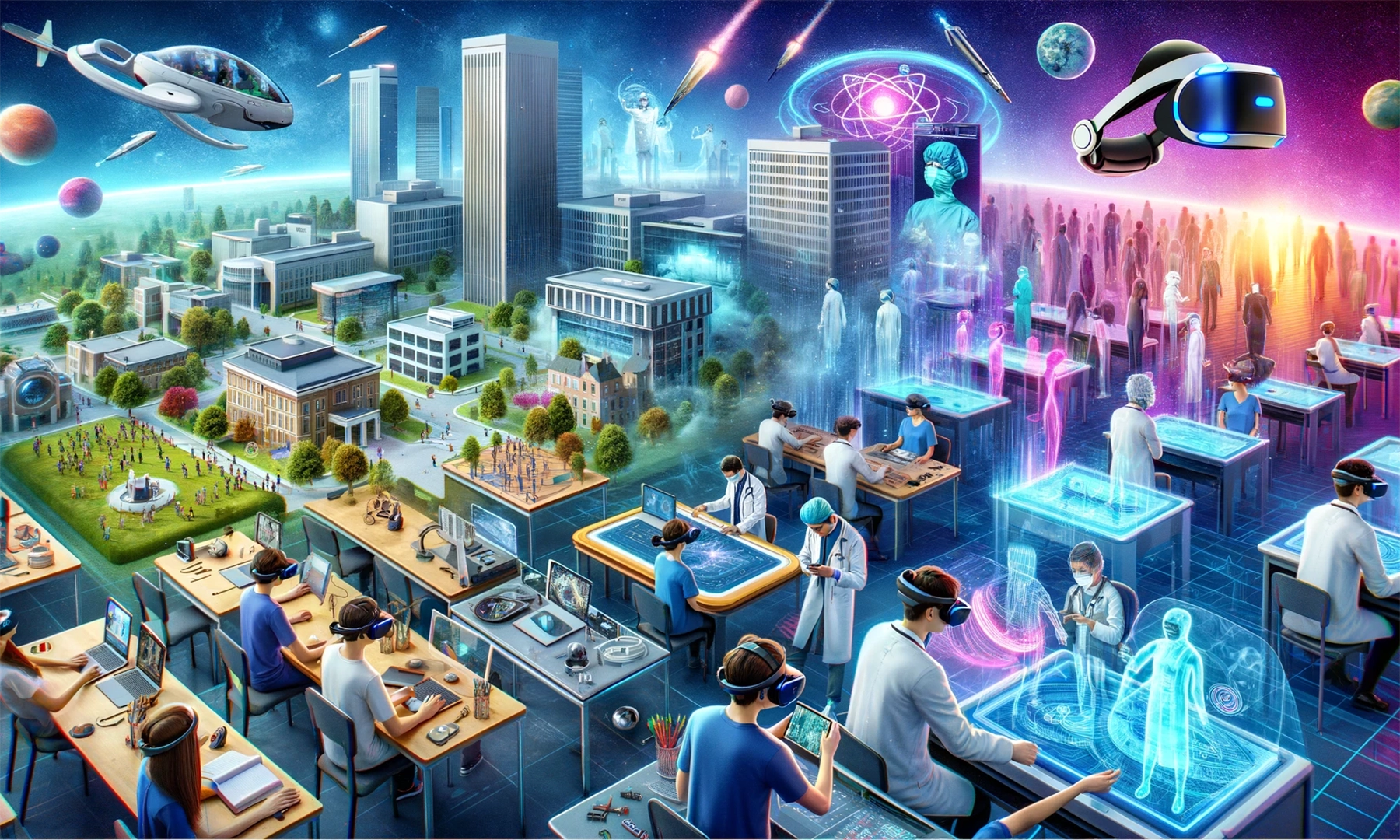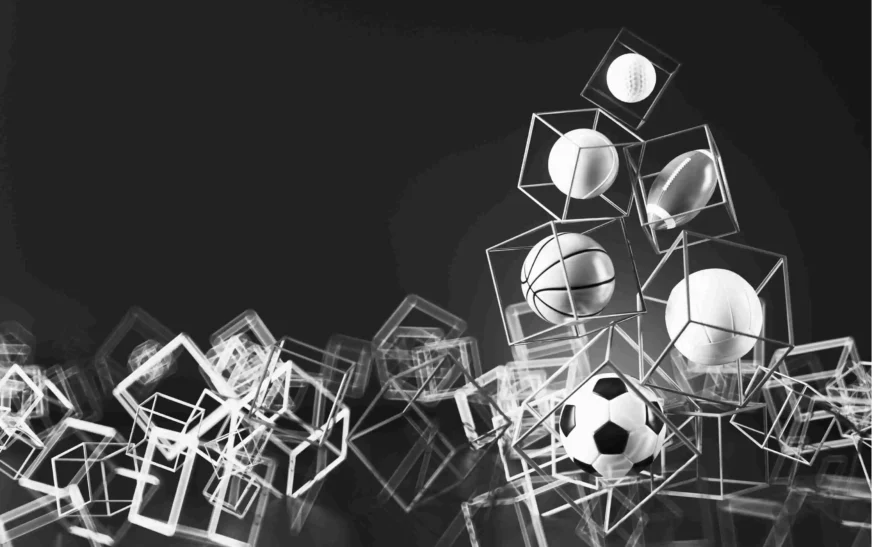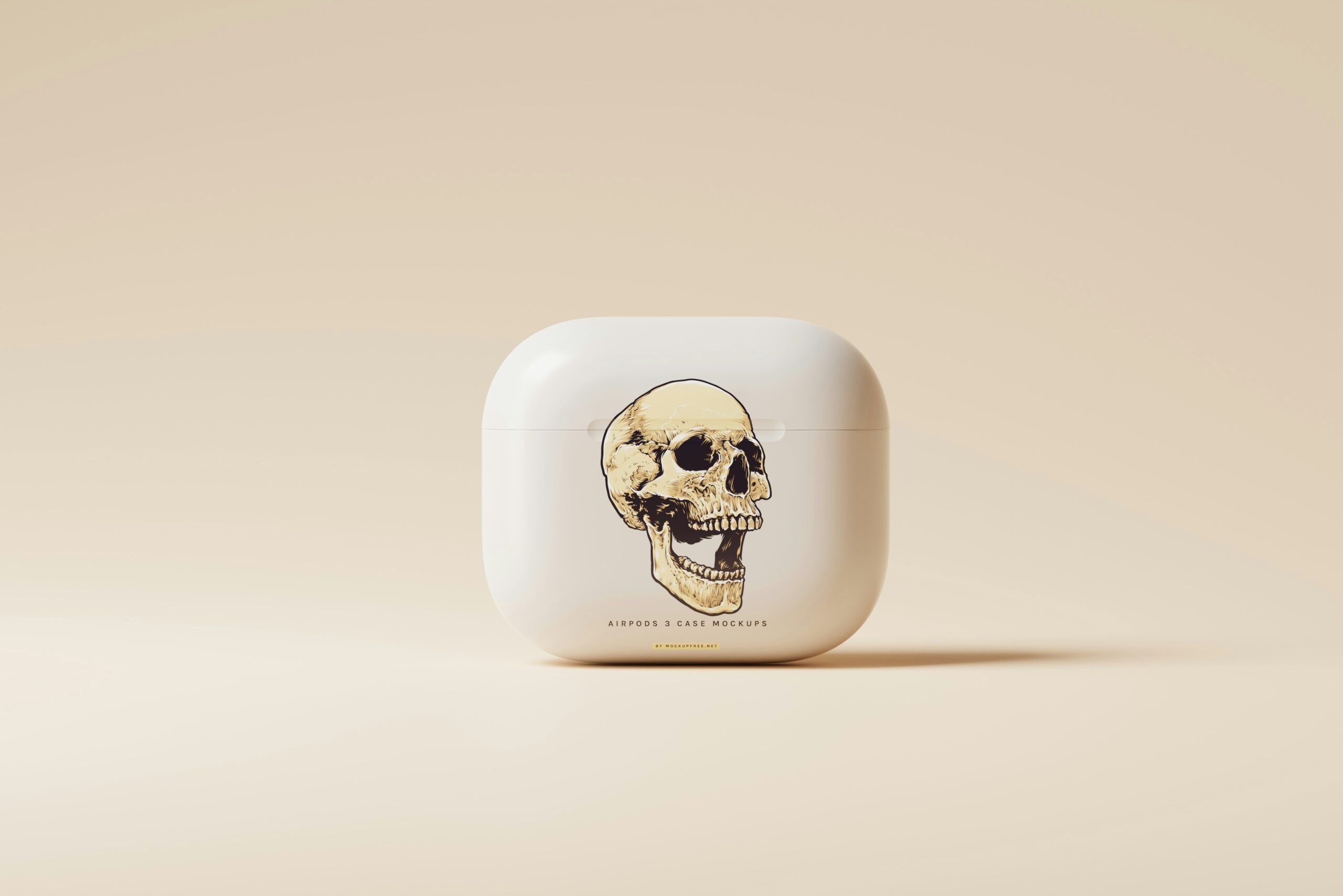Introduction to Smart Glass
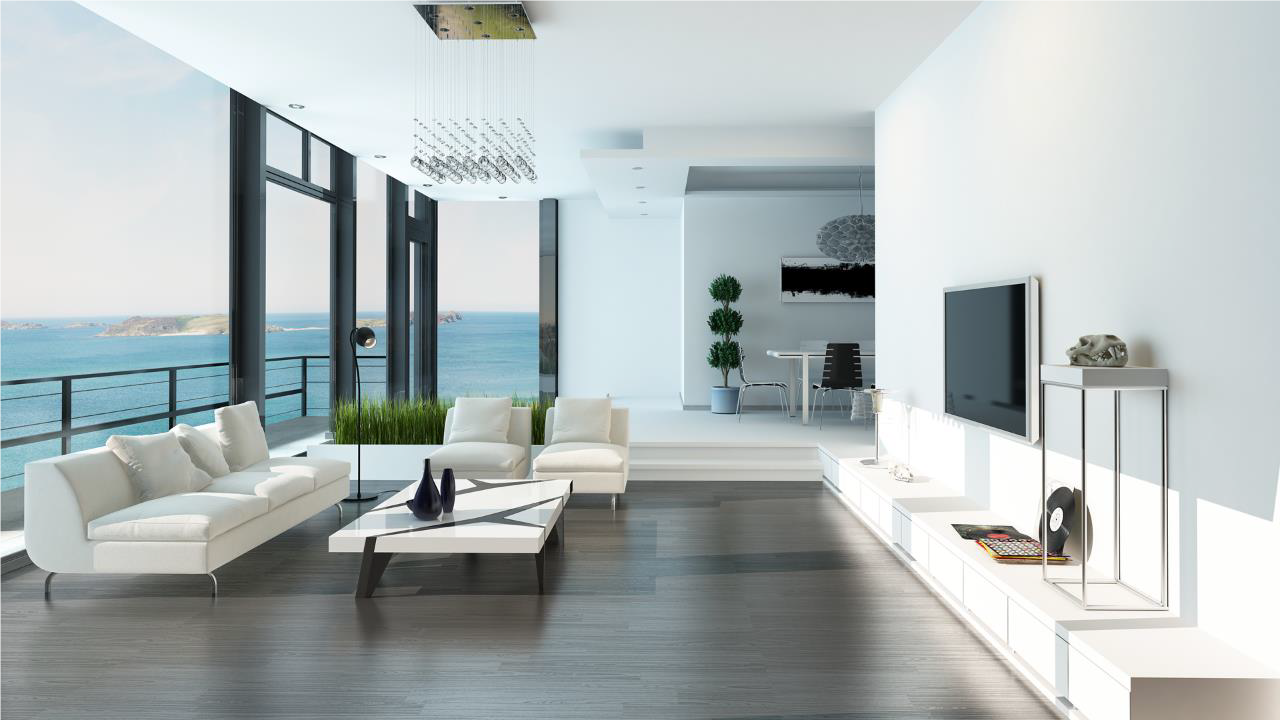
Imagine a world where your windows can change from transparent to opaque with just the touch of a button. This is not science fiction; it’s the magic of smart glass technology, revolutionizing how we view and interact with our living spaces. As modern living becomes increasingly focused on comfort and efficiency, smart glass is leading the charge in transforming both residential and commercial environments. With its ability to enhance privacy, regulate temperature, and contribute to energy savings, it’s clear that this innovative material is changing the way we think about architecture and design. Let’s delve deeper into how smart glass is reshaping our lives today.
Advantages of Smart Glass in Modern Living
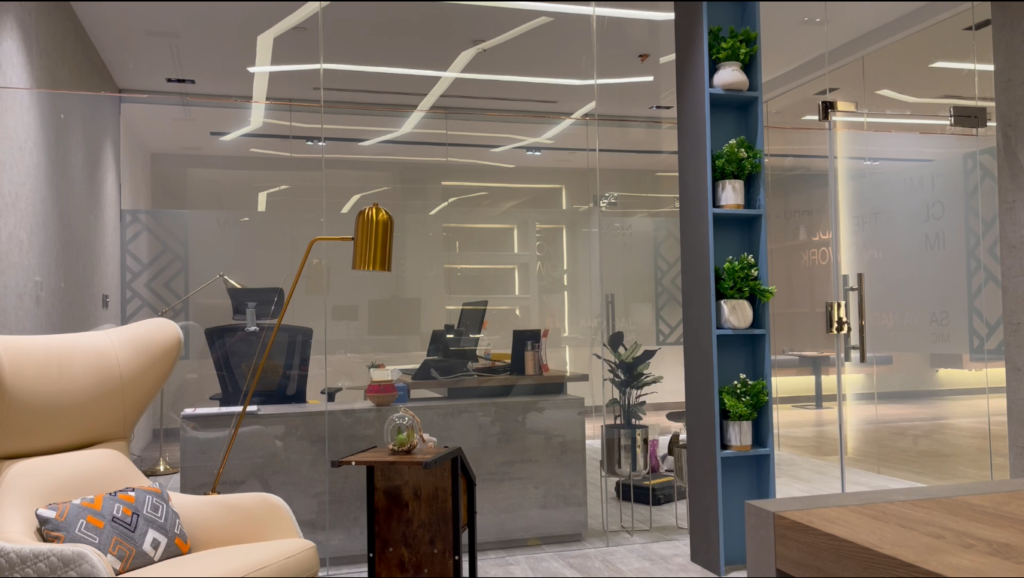
Smart glass offers remarkable advantages that enhance modern living. One of the standout features is its ability to control light and privacy effortlessly. With just a touch, you can switch from transparent to opaque, allowing for adaptable spaces.
Energy efficiency is another significant benefit. Smart glass helps regulate indoor temperatures by minimizing heat gain during summer and retaining warmth in winter. This leads to reduced energy costs over time.
Additionally, smart glass contributes to aesthetic appeal. Its sleek design complements contemporary architecture while providing an innovative edge.
Safety also improves with this technology. Many smart glasses are shatter-resistant, adding an extra layer of security for homes and businesses alike.
It promotes well-being by maximizing natural light without compromising comfort or privacy. In today’s fast-paced world, these benefits collectively make smart glass a game changer for anyone looking to elevate their living environment.
Different Types of Smart Glass Technology

Smart glass technology comes in various forms, each offering unique features and benefits. The most common type is electrochromic glass. This innovation allows users to adjust the tint with a simple electrical signal, providing control over light and heat.
Another popular option is photochromic glass. It reacts to sunlight, darkening when exposed to UV rays and returning to clear indoors. This automatic response makes it ideal for energy efficiency.
Liquid crystal displays (LCD) are also gaining traction. These panels can switch from transparent to opaque based on electric current flow, making them perfect for privacy in offices or homes.
Thermochromic glass changes color depending on temperature shifts. This natural adaptation helps regulate indoor climates without additional energy consumption while adding an aesthetic touch to spaces. Each type serves distinct purposes that contribute significantly to modern living solutions.
Applications of Smart Glass in Residential and Commercial Buildings
Smart glass technology is transforming both residential and commercial spaces. In homes, it offers privacy on demand. With a simple switch, clear windows can become opaque, allowing for instant discretion without sacrificing natural light.
In offices, smart glass promotes energy efficiency. It adjusts its tint based on sunlight exposure. This reduces the need for artificial lighting and helps maintain comfortable indoor temperatures.
Retail environments also benefit from this innovative material. Storefronts can create dynamic displays that change throughout the day to attract customers’ attention while maintaining visibility inside.
Moreover, conference rooms equipped with smart glass enhance presentations by minimizing distractions. The seamless integration of technology elevates workspaces into modern hubs of productivity.
From luxurious residences to cutting-edge corporate buildings, smart glass is paving the way for a more adaptable and efficient future in architecture and design.
Cost and Maintenance Considerations
When considering smart glass, cost and maintenance play vital roles in decision-making. Initial installation can be higher than traditional materials. However, the long-term benefits often outweigh these upfront expenses.
Smart glass technology can lead to energy savings by regulating indoor temperatures. This efficiency translates into lower energy bills over time.
Maintenance is generally minimal compared to standard windows. The self-cleaning properties of some smart glass types reduce upkeep efforts significantly.
However, occasional inspection is necessary to ensure that electronic components function correctly. Regular checks help prolong the lifespan and performance of these innovative solutions.
Investing in quality brands may also elevate costs but ensures durability and reliability—an essential factor for modern living spaces.
The Future of Smart Glass
The future of smart glass is vibrant and full of potential. As technology advances, we can expect even greater capabilities from this innovative material.
Imagine windows that adapt to weather changes automatically. They could darken on sunny days and brighten when it’s overcast. This would not only enhance comfort but also reduce energy consumption significantly.
Integration with smart home systems will elevate user experience. Homeowners could control their windows through voice commands or apps, creating a seamless living environment.
Sustainability will play a key role in the evolution of smart glass. Manufacturers are increasingly focusing on eco-friendly materials and processes, appealing to environmentally conscious consumers.
As research progresses, new applications may emerge beyond residential and commercial spaces. Think about vehicles using smart glass for enhanced safety features or public transport designed with passenger comfort in mind. The possibilities are endless as innovation continues to unfold in this exciting field.
Conclusion
Smart glass is revolutionizing the way we interact with our living and working environments. As technology advances, it continues to provide innovative solutions that enhance comfort, energy efficiency, and aesthetics. From residential spaces to commercial buildings, the versatility of smart glass can be seen in various applications—transforming not just how we see our surroundings but also how we experience them.
As more people embrace modern living concepts, smart glass stands out as a beacon of what’s possible. With its numerous advantages and diverse types available on the market today, there’s no denying that this technology is shaping our future. The blend of functionality and style speaks to a smarter approach to design.
The cost implications may seem daunting initially; however, considering long-term savings in energy bills and maintenance makes it worthwhile. Moreover, ongoing advancements are likely to reduce costs further while enhancing performance features.
Looking ahead, one can only imagine where innovation will take us next with smart glass technologies at the forefront of changing modern lifestyles. It offers a glimpse into a future filled with possibilities—a world where your environment adapts effortlessly to your needs.
Embracing changes like these not only improves quality of life but also promotes sustainability for generations to come. Smart glass is more than just an architectural trend; it represents a shift towards intelligent living spaces that prioritize both function and elegance.

